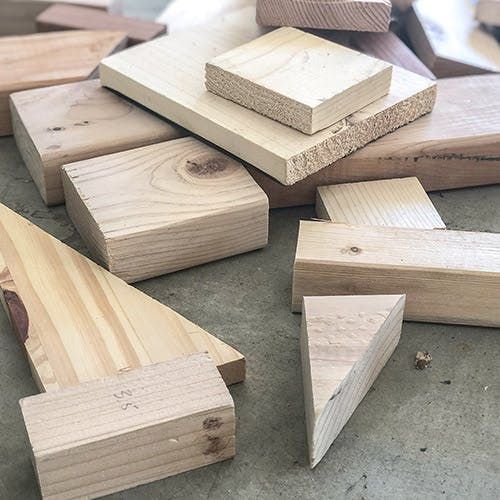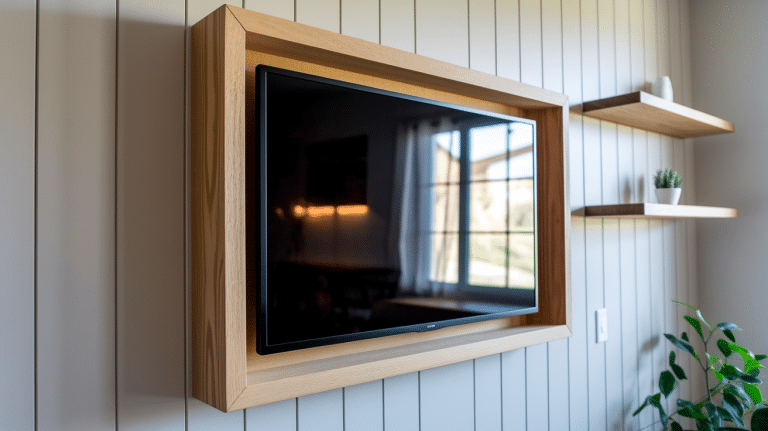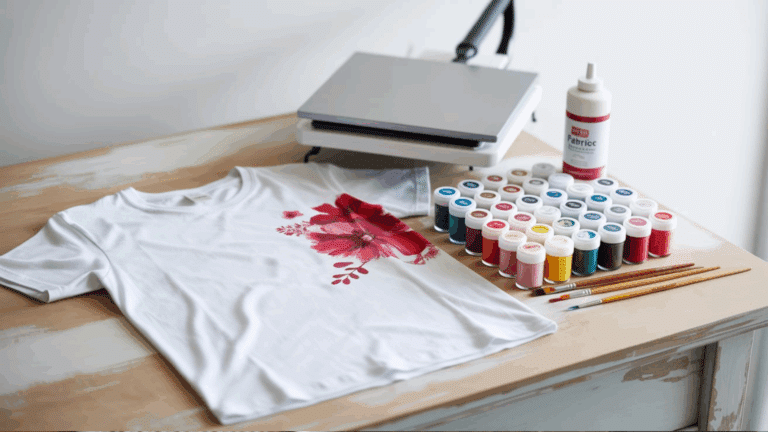Latex Over Oil Based Paint Made Easy for Homeowners
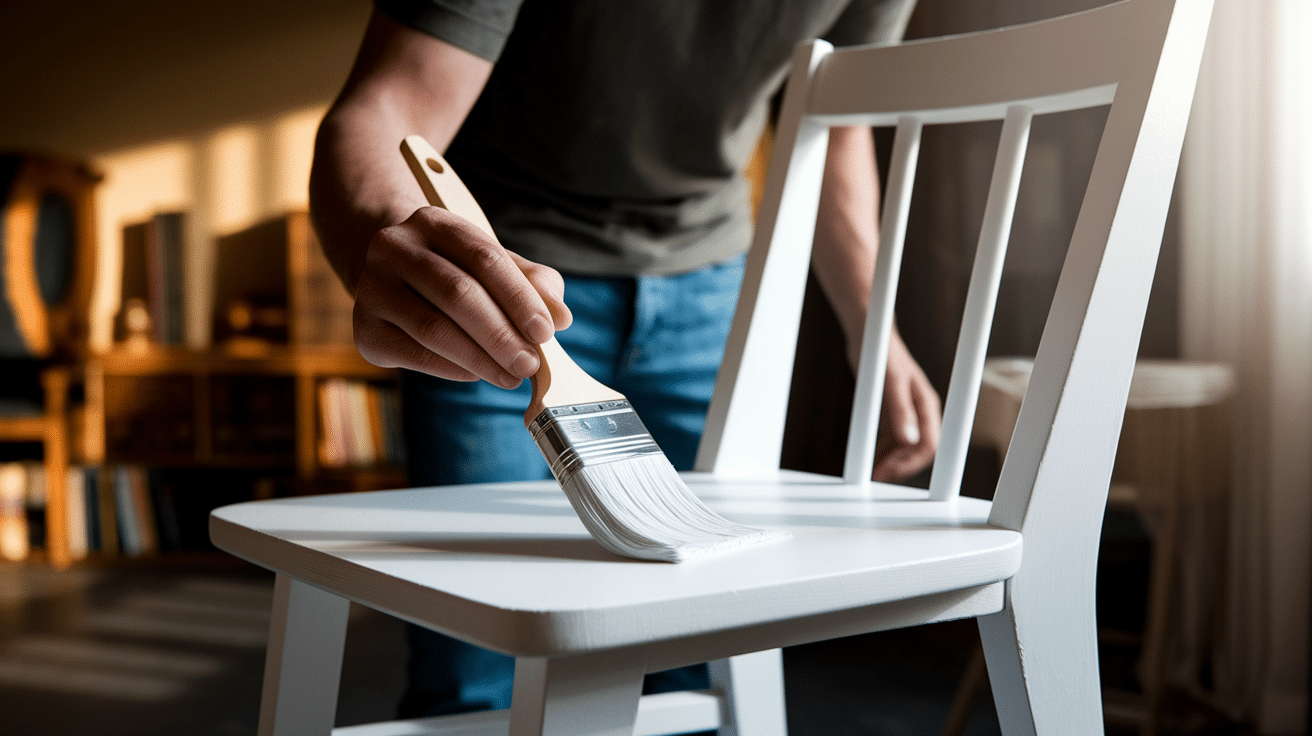
Have you ever wondered if you can paint latex paint over oil-based paint without it peeling or cracking later on?
Many homeowners and DIY painters face this problem when updating trim, cabinets, or walls, and the wrong approach can waste time and money.
Latex paint is popular because it dries fast and is easy to clean, while oil paint is known for its strength and shine.
We will be telling you about the right steps, common mistakes, best primers, and everything you need for a smooth, lasting finish.
Is Your Paint Oil-Based? Simple Ways to Find Out
Before you start, it’s crucial to know what type of paint is already on your surface. Here are some easy tests:
- Rubbing Alcohol Test: Moisten a cotton ball with rubbing alcohol and rub it on the painted surface. If paint comes off, it’s latex; if not, it’s oil-based.
- Acetone Test: Use acetone or nail polish remover (with acetone) on a rag. If the paint softens or comes off, it’s latex. If nothing happens, it’s oil-based.
- Touch and Appearance: Oil-based paint feels hard and glossy, while latex feels rubbery and looks more matte.
- Heat Test: Gently warm a small area of the paint with a hairdryer. Oil-based paint may soften slightly and become sticky, while latex paint will remain more stable.
- Scratch Test: Lightly scratch an inconspicuous area with a fingernail or coin. Latex paint tends to be more flexible and may scratch off easily; oil-based paint is tougher and less prone to scratching.
These simple tests will help you accurately identify the paint type so you can choose the best painting approach.
Latex vs. Oil Paint: What Sets Them Apart?
Latex paint is easier to work with, dries quickly, and is better for the environment.
Oil-based paint, however, is more durable and provides a smoother finish, making it ideal for high-traffic areas or surfaces that need frequent cleaning.
Here is a quick comparison between the two types of paint:
| Feature | Latex Paint (Water-Based) | Oil-Based Paint |
|---|---|---|
| Drying Time | Fast | Slow |
| Odor | Low | Strong |
| Cleanup | Soap and water | Paint thinner/solvents |
| Durability | Flexible, less prone to cracking | Hard, durable, can yellow |
| Finish | Matte or satin | Glossy, smooth |
| Environmental | Low VOC, eco-friendly | Higher VOC, less eco-friendly |
When Should You Opt for Oil-Based Paint?
Oil-based paint is often the go-to choice when extreme durability and a high-gloss finish are required.
It is particularly well-suited for surfaces that endure heavy use or frequent cleaning, such as:
- Trim and molding: Because these areas are prone to knocks and scuffs, oil-based paint’s hardness helps maintain a pristine look.
- Cabinetry and doors: The smooth, glossy finish oil paint provides is highly desirable for cabinetry, giving a professional, polished appearance.
- Metal and exterior surfaces: Oil-based paints adhere well to metal and provide excellent protection against rust and weathering.
- High-moisture areas: Bathrooms and kitchens sometimes benefit from oil-based paints because of their moisture resistance, although modern latex formulations are improving in this area.
Despite these advantages, oil-based paints are less popular today due to environmental regulations and longer drying times, but they still have a place in certain specialized applications.
When Is Latex Paint the Better Choice?
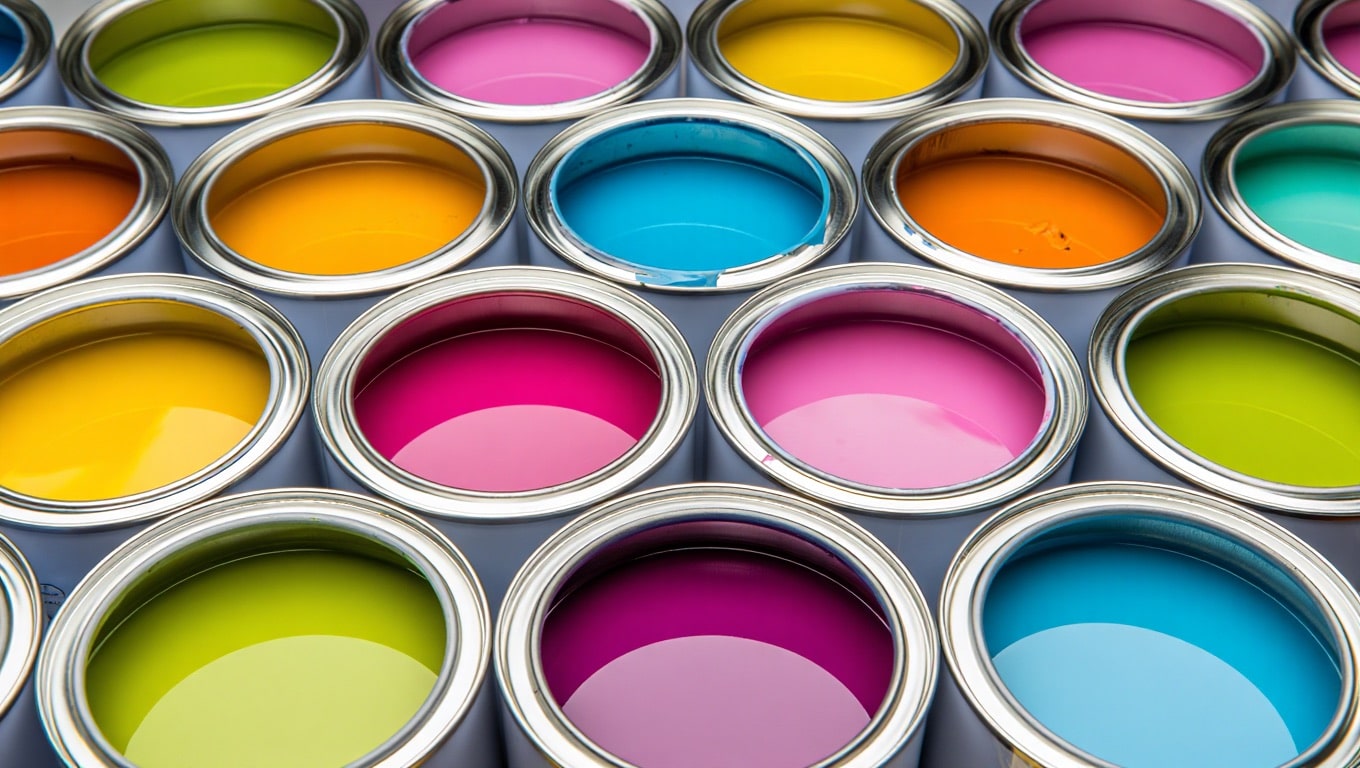
Latex paint is often the best option for most interior projects because it is quick, safe, and easy to use.
Its fast drying time, low odor, and eco-friendly qualities make it a favorite among homeowners who want convenience without sacrificing durability.
Here are the main situations where latex paint shines:
- Interior walls and ceilings: Fast drying time allows multiple coats in a single day, making it perfect for quick home projects.
- Low-ventilation areas: With fewer VOCs and low odor, it is safer and more comfortable for use in bedrooms, basements, or other closed spaces.
- Everyday cleanup: Soap and water are all you need, unlike oil-based paints that require harsh solvents.
- Flexible surfaces: Expands and contracts with temperature and humidity changes, reducing the risk of cracking.
- Long-term appearance: Holds color well, resists yellowing and fading, and maintains a fresh look over time.
- Eco-friendly choice: Modern latex formulations are designed to reduce indoor air pollution and be better for the environment.
For most indoor surfaces, latex paint remains an ideal, reliable, and practical choice.
Is It Possible to Paint Latex Over Oil-Based Paint?
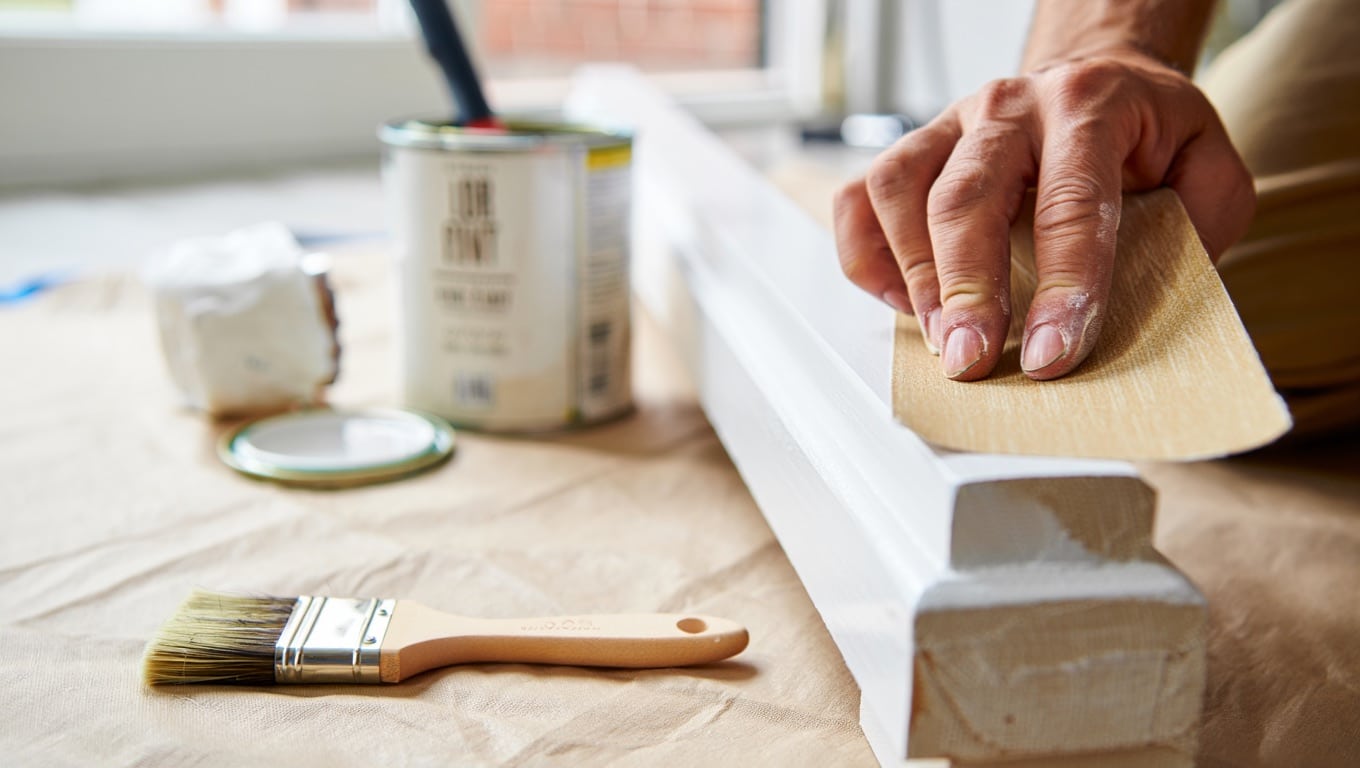
Yes, painting latex over oil-based paint is possible, but it requires the right preparation to ensure long-lasting results.
The biggest challenge is proper adhesion because latex paint is water-based and does not easily grip the smooth and glossy surface of oil paint.
If you apply latex paint directly over oil-based paint without preparing the surface, the finish will likely peel, chip, or bubble within a short period.
The secret to success lies in thorough surface preparation.
You need to clean away dirt and grease, sand the surface to remove the shine, and apply a high-quality bonding primer.
This process creates a textured base that allows latex paint to stick firmly and deliver a durable, professional-looking finish.
Tools and Materials Needed
Before getting to paint, make sure you have these tools & materials ready:
| Item | Estimated Cost (USD) |
|---|---|
| Degreasing cleaner | $4 – $10 |
| Sponge | $2 – $5 |
| Bucket for rinsing water | $3 – $10 |
| 180–220 grit sandpaper | $5 – $10 (pack) |
| Tack cloth or damp rags | $2 – $8 |
| Painter’s tape | $4 – $8 |
| Drop cloth or plastic sheeting | $5 – $15 |
| Bonding primer | $9 – $30 per quart |
| Paintbrushes | $5 – $20 each |
| Paint rollers and tray | $10 – $25 set |
| 100% acrylic latex paint | $24 – $50 per gallon |
Step-by-Step Guide to Painting Latex Over Oil-Based Paint
Now that you know it’s possible to apply latex over oil-based paint, let’s walk through the exact steps you need to follow to do it properly and get long-lasting results.
Step 1: Thorough Cleaning
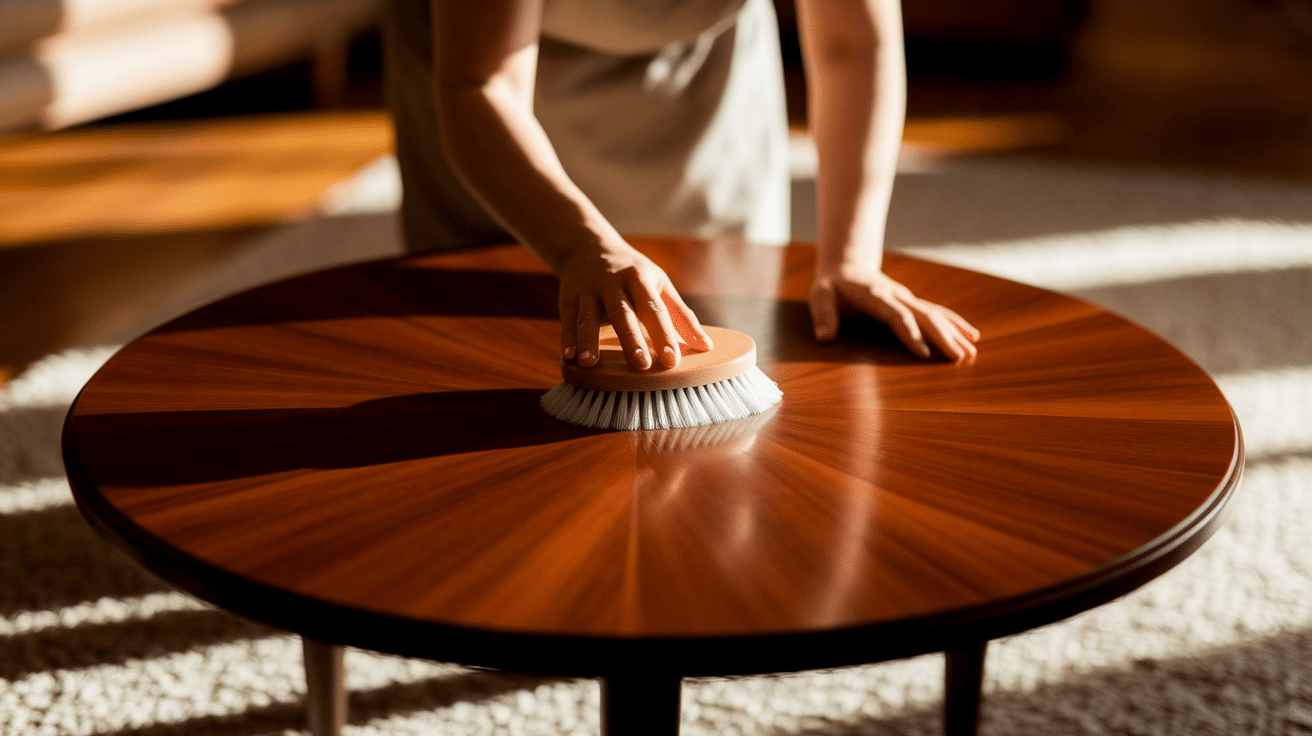
Start by cleaning the surface to remove dirt, grease, oils, and grime. Use a degreasing cleaner such as trisodium phosphate (TSP) or a heavy-duty household cleaner.
This is critical because any residue left on the surface can prevent proper adhesion.
Rinse thoroughly with water and let the surface dry completely.
Step 2: Sanding the Surface

Once dry, lightly sand the oil-based paint with 180- to 220-grit sandpaper.
The goal is to scuff the glossy surface to create “tooth” for the primer and paint to grip.
Don’t sand too aggressively; just enough to dull the shine. After sanding, wipe down the surface with a damp cloth or tack cloth to remove all dust.
Step 3: Applying a Bonding Primer
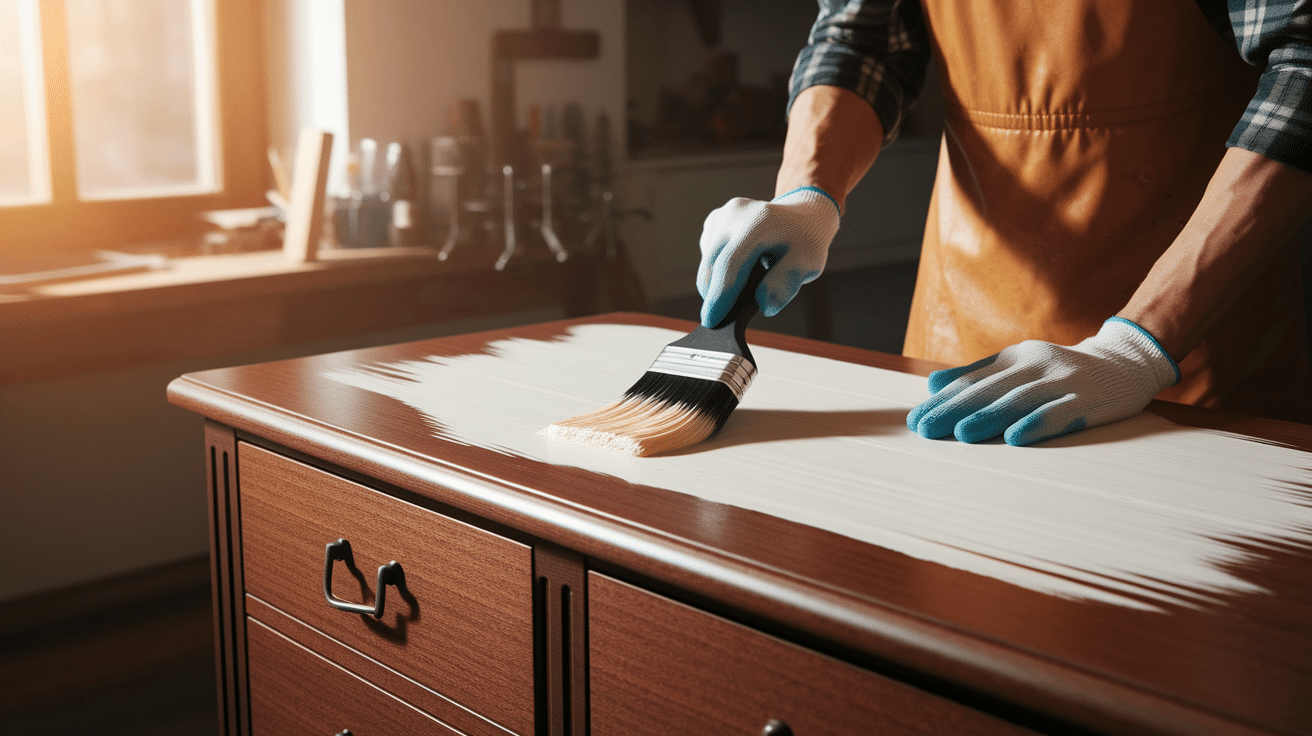
Use a high-quality bonding primer specifically formulated to adhere to oil-based paints.
Some popular options include Zinsser CoverStain, Insl-X Stix, or similar universal primers.
Apply the primer evenly with a brush or roller, covering all areas you plan to paint. Allow the primer to dry completely, usually 2 to 4 hours, but check the product label.
Step 4: Applying a Bonding Primer
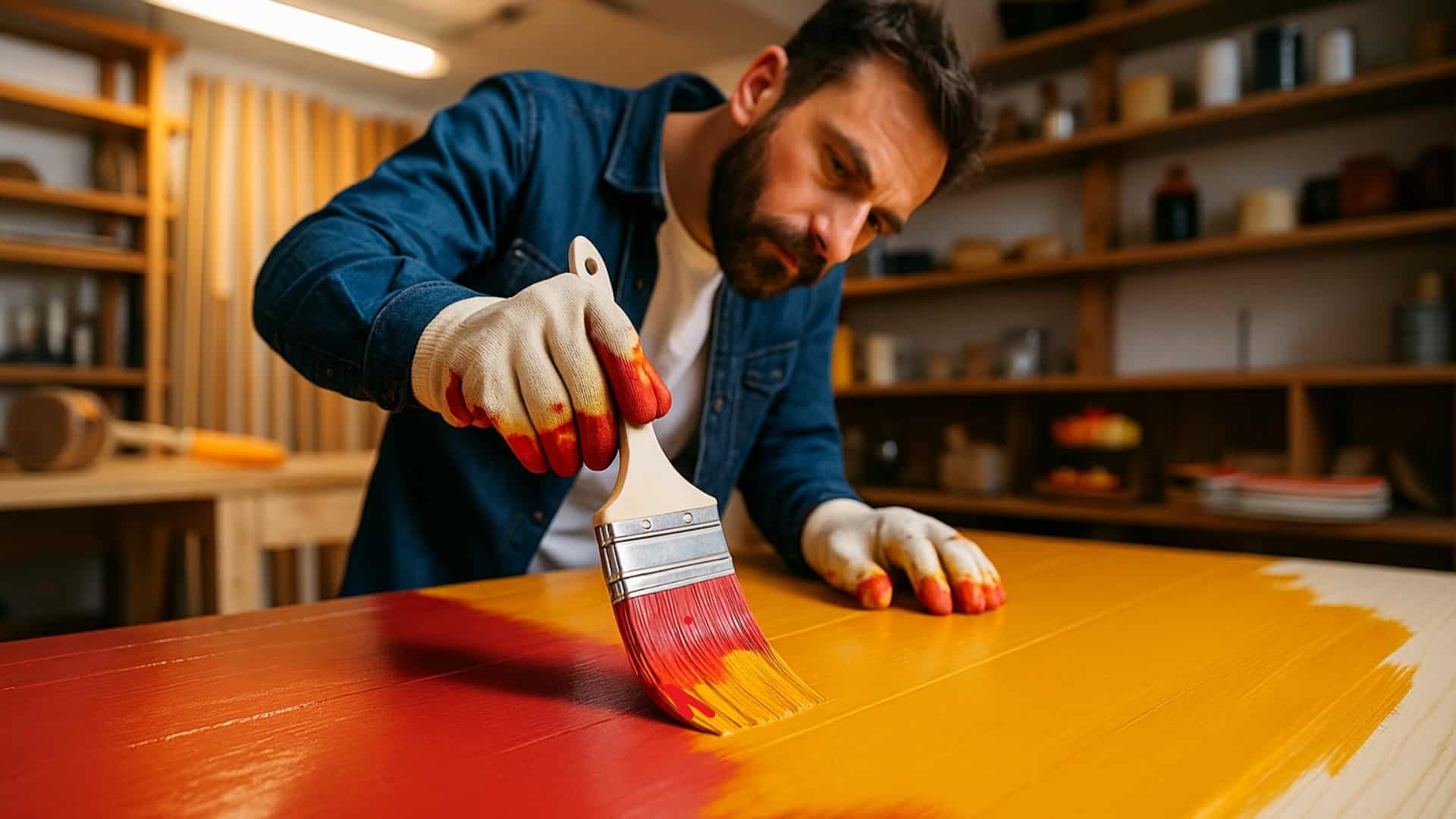
After the primer is fully dry, apply your latex paint using a brush or roller suited for the surface.
Choose a 100% acrylic latex paint for the best durability and finish.
Apply two coats for complete coverage, letting each coat dry for 2-4 hours.
Keep your strokes smooth and even, slightly overlapping each pass to prevent streaks, roller marks, or drips.
Step 5: Final Inspection and Touch-Ups

Once the paint is fully dry, carefully inspect the surface for missed spots or uneven coverage.
Check edges, corners, and trim where coverage can be lighter. Lightly sand any small imperfections, then reapply the paint as needed.
Taking time with this last step ensures your finish looks smooth, even, and long-lasting.
Best Primers and Paints for the Job
Choosing the right primer and paint can make all the difference.
Great Bonding Primers
- Zinsser Bulls Eye 1-2-3: Good for walls, ceilings, and woodwork.
- Kilz Adhesion: Works well on hard-to-paint surfaces.
- STIX Waterborne Bonding Primer: Great for glossy oil-based paint.
Latex Paints That Work Well
- Behr Premium Plus: Affordable and good coverage
- Benjamin Moore Regal Select: High-end, smooth finish
- Sherwin-Williams Duration: Great for durability and color retention
If you’re painting kitchen cabinets or trim, go for satin or semi-gloss. For walls, eggshell or matte is fine.
Final Thoughts
Painting latex over oil-based paint is entirely feasible with the right preparation and materials.
Understanding the differences between these paint types helps you choose the best product for your needs and avoid costly mistakes.
By thoroughly cleaning, sanding, priming, and using quality latex paint, you can achieve a beautiful, durable finish that refreshes your space and stands the test of time.
Be it upgrading old oil-painted trim or switching to a more eco-friendly latex option, following these detailed steps will ensure your paint job looks professional and lasts for years to come.
Want a smooth, professional finish that lasts? Start your painting project now.


